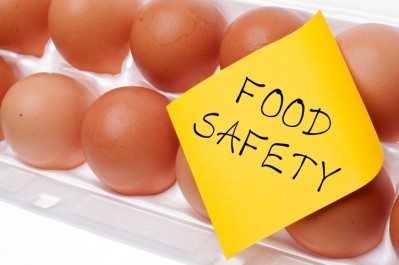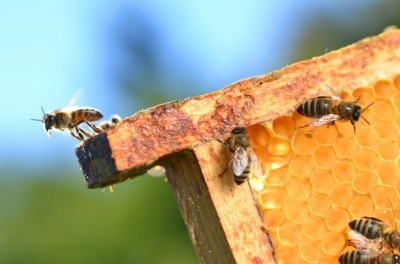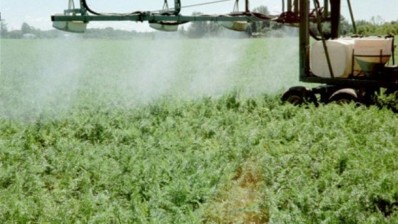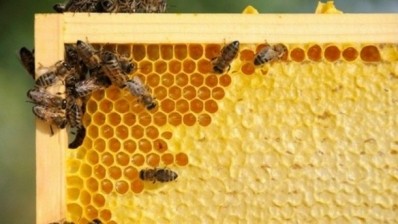Bee population size is just one production factor, researchers warn
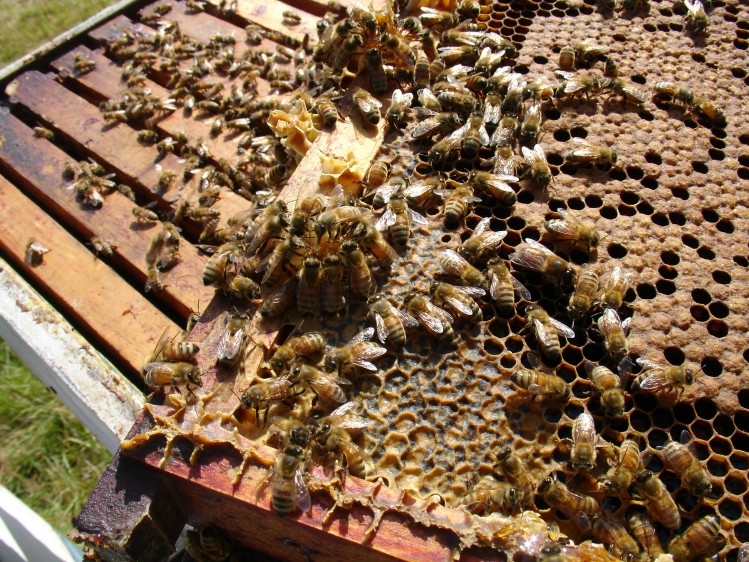
The worrying decline of bee populations on an international scale has sparked widespread concern in the academic community in addition to drawing many media headlines.
However researchers in Switzerland now suggest that the idea of ‘no bees, no harvest’ may be incorrect, after identifying that many producers can increase outputs independently of the insect population size by managing their land a crops better.
The team led by Professor Jaboury Ghazoul from ETH-Zurich, investigated whether the argument that a bee population collapse could spell disaster for global food security by studying the influence of pollinator insects on coffee harvests in an agroforestry system at coffee plantations in India.
According to their findings, published in PNAS, the pollinator bees are merely one production factor among many - and to some extent coffee farmers can increase the productivity of their plantations independently of the insects.
"Pollinators are important for coffee farmers," said Ghazoul. "As far as effective coffee growing and increasing harvests are concerned, however, they are much less important than irrigation or liming, for instance."
Pesticides and populations
The European Food Safety Authority (EFSA) has now identified four pesticides that it suspects of playing a role in declining bee populations. Three of these pesticides, known as neonicotinoid pesticides (clothianidin, imidacloprid and thiamethoxam) are subject to an EU wide ban that is scheduled to begin no later than 1 July this year.
EFSA has recently identified a fourth pesticide – BASF’s fipronil – to its list of chemicals suspected of playing a role in population declines, however there is no official line as yet on whether the additional pesticide will be banned alongside the neonicotinoids.
Land management and ‘complex interactions’
However, the authors of the current study said they had found that complex interactions across farm and landscape scales, including both management practices and environmental conditions, shape pollination outcomes.
“Effective production systems therefore require the integrated consideration of management practices in the context of the surrounding habitat structure,” they said.
The research team said that other factors such as irrigation and other land management issues can also have a dramatic impact on the way in which bees pollinate crops – adding that it is important to ensure that crop producers maximise the pollination potential of bees.
"It is particularly in a farmer's interests to irrigate his plantations at a different time to other farmers in the vicinity," said Ghazoul. “After all, this will turn his plantations into bee magnets.”
The team explained that a concentrated pollination increases the yield from the plantation enormously – adding that the story can be very different if rains make coffee plants in the same region flower at the same time.
“The bees spread out over a wide area, the pollination is less effective and the harvest is poorer,” they said.
The team also noted that while felling trees to increase yield and growing space may seem appealing, it also destroys the habitat of honey bees.
"From a plantation perspective, it makes sense to remove trees and increase yields," said the research leader. "But if every farmer goes for the same option, they will all suffer the consequences of poor pollination because the giant honeybee will disappear."
Source: PNAS
Volume 110, Number 21, Pages 8387-8392, doi:10.1073/pnas.1210590110
“Interactive effects among ecosystem services and management practices on crop production: Pollination in coffee agroforestry systems”
Authors: Virginie Boreux, Cheppudira G. Kushalappa, Philippe Vaast, Jaboury Ghazoul
